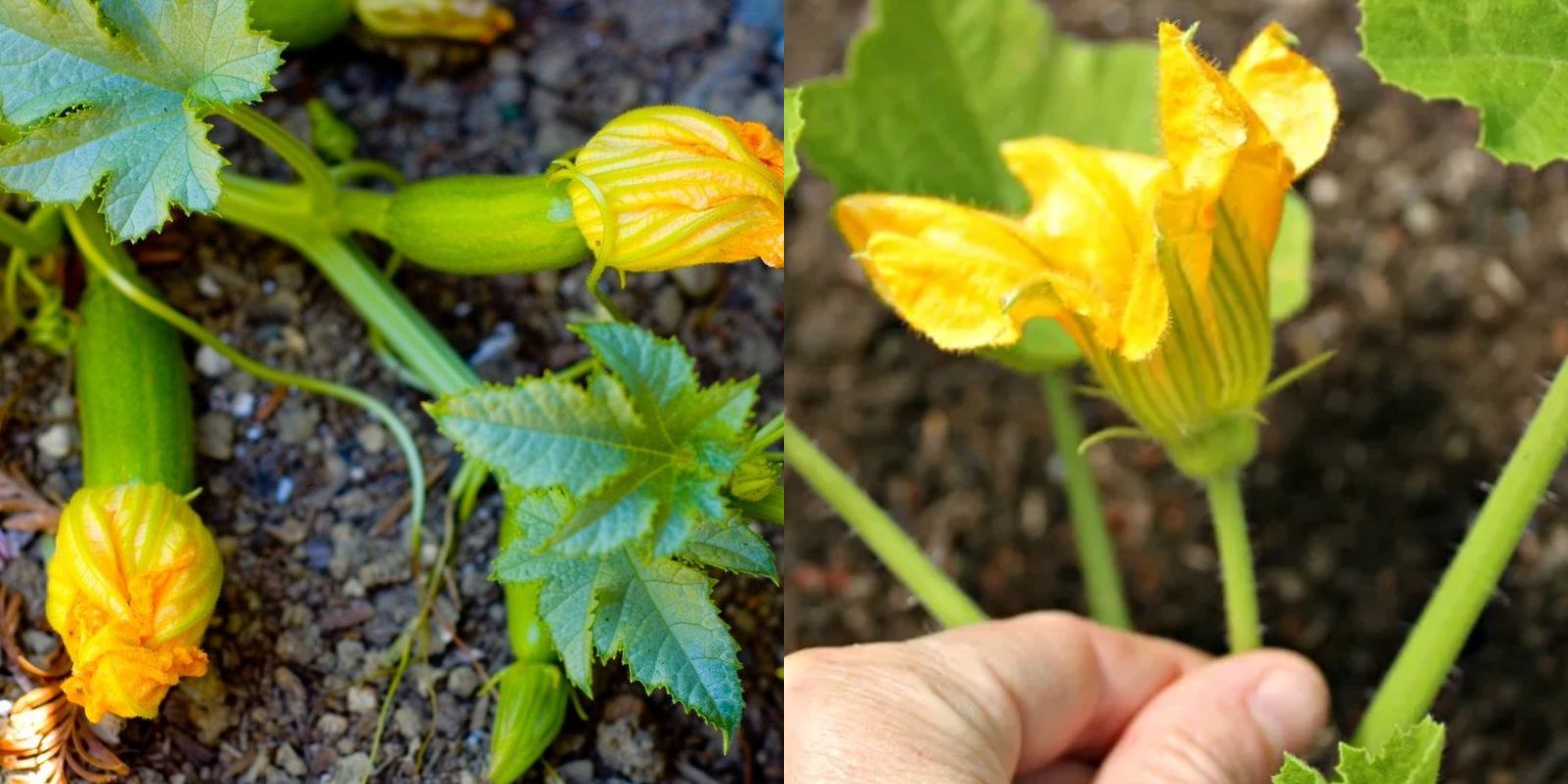Pollination is an essential step in the growth of many plants, including squash. When natural pollinators like bees and butterflies don’t frequent your garden, manual intervention can ensure successful pollination and an abundant harvest. Hand pollination is a simple, quick process that requires minimal tools and can be done in less than a minute per flower. In this article, we’ll explore why hand pollination is beneficial, how to identify male and female flowers, and step-by-step instructions to hand-pollinate squash effectively.
Why Hand Pollination Is Important for Squash
Squash plants rely heavily on pollinators to transfer pollen from male to female flowers. However, factors like weather, pesticide use, or a lack of pollinator-friendly plants can reduce pollination activity. Without proper pollination, female flowers won’t develop into fruit, leaving gardeners frustrated with empty vines.
Hand pollination solves this problem by mimicking the natural process. It’s a foolproof method to ensure your squash plants thrive, even in less-than-ideal pollinator conditions.
Understanding Squash Flowers: Male vs. Female
Before you can hand-pollinate, you need to identify male and female flowers.
- Male Flowers: These are the first flowers to appear on the plant. They have a long, thin stem and a pollen-producing anther in the center.
- Female Flowers: These appear slightly later and have a swollen base beneath the petals, which is the ovary (potential fruit). Inside, you’ll find the stigma, the part that needs pollen to develop fruit.
Understanding the anatomy of these flowers is key to effective hand pollination.
Tools You’ll Need for Hand Pollination
Hand pollination requires very few materials. Most items can be found at home or substituted with alternatives:
- A small, clean paintbrush or cotton swab (optional: your fingertip).
- Scissors or garden shears (to remove male flowers if needed).
- Gloves (optional, for those who prefer not to touch the flowers directly).
Step-by-Step Guide to Hand Pollinating Squash
1. Inspect Your Plants in the Morning
Squash flowers bloom early in the morning and often close by midday. Aim to pollinate during the early hours when flowers are fresh and receptive.
2. Locate Male and Female Flowers
Examine your squash plant to identify both types of flowers. Male flowers typically outnumber female flowers, so finding a male flower with viable pollen shouldn’t be difficult.
3. Collect Pollen from the Male Flower
Use one of the following methods to collect pollen:
- With a Paintbrush or Cotton Swab: Gently rub the tool against the anther (center) of the male flower to collect the yellow pollen.
- Using the Male Flower Directly: If preferred, remove the male flower by cutting it at the base. Peel back the petals to expose the anther.
4. Transfer Pollen to the Female Flower
Carefully rub the pollen onto the stigma in the center of the female flower. Ensure good contact between the pollen and the stigma for maximum effectiveness.
5. Repeat for All Female Flowers
Hand-pollinate each open female flower to maximize fruit production. One male flower can pollinate multiple female flowers.
Tips for Success
- Timing is Key: Pollinate early in the morning when flowers are fully open and receptive.
- Healthy Plants: Ensure your squash plants are well-watered and fertilized for consistent blooming.
- Encourage Pollinators: While hand pollination is effective, creating a pollinator-friendly garden can reduce the need for manual intervention. Add flowers like marigolds, sunflowers, and lavender to attract bees and butterflies.
Benefits of Hand Pollination
- Reliable Results: Even in poor pollination conditions, you’ll ensure a successful harvest.
- Increased Yields: Hand pollination can maximize fruit production on each plant.
- Gardening Control: Take charge of your garden’s success without relying solely on nature.
FAQs on Hand Pollinating Squash
1. How do I know if my hand pollination was successful?
If successful, the female flower will start to close, and the swollen base (ovary) will begin to grow within a few days. If pollination fails, the flower will wither, and the ovary will not develop.
2. Can I hand-pollinate other plants using the same method?
Yes! Hand pollination works for other cucurbits like cucumbers, pumpkins, and melons, as well as many fruiting plants with distinct male and female flowers.
3. Do I need to pollinate every day?
No. Pollinate only when female flowers are open and ready. On average, this might be a few times a week during peak blooming periods.
Why You Should Try Hand Pollination
Hand pollination is a rewarding gardening technique that enhances your connection to the plants you grow. It empowers you to take control of your harvest, ensuring that even in less-than-perfect conditions, your garden thrives.
Join the Gardening Conversation!
Have you tried hand-pollinating squash or other plants? Share your tips, photos, and experiences in the comments below!
#HandPollination #GardeningHacks #GrowYourOwnFood #SquashHarvest #GardenTips

